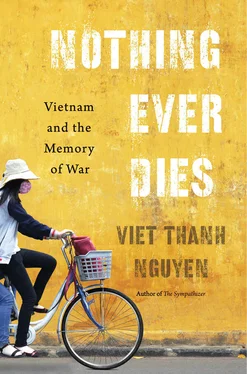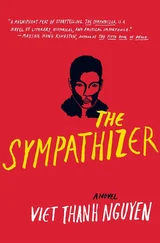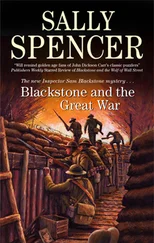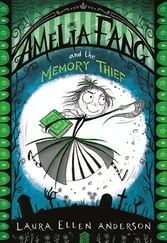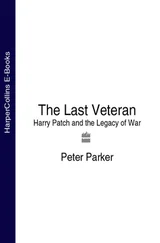At S-21, Panh films the former guards and notes: “The torturer’s face: lost amid the images that none of them explicates, as if there were an insuperable boundary. The unnameable.” 41Panh alludes here to both the images of horror that exist in the mind’s eye for witnesses and for those who have only heard of the crimes, and also to the faces of all the prisoners, photographed on entry to S-21. Some of those photos are now featured in the museum that S-21 has become. They are victims, but given the lack of captions, names, and identification, most visitors do not know that a good number of these victims were themselves Khmer Rouge cadres who had fallen afoul of the Organization, including former torturers and guards at S-21. 42The Khmer Rouge used S-21 to torture and kill its own cadres, as well as foreigners, minorities, intellectuals, and so on. The faces of victimizers who became victims are the most visible rendition of the general problem that the Khmer Rouge era and its aftermath represents for a human and inhuman history: the reluctance to recognize and to reconcile with one’s capacity to harm others. When we refuse to see victims as capable of violence, we allow ourselves to imagine that we are the same way.
So it is that the rest of the world looks with horror at Cambodia and the Khmer Rouge and wonders how the genocide happened, when the reality is that it could have happened anywhere with the right “inhuman conditions,” to steal Pheng Cheah’s title. Cheah’s thinking illustrates the poststructuralist tendency in one branch of the humanities, which Panh departs from. Cheah, like his influencer, Foucault, argues that it is a mistake to think of the human and the soul as being divine creations. Instead, they are created by power and should be seen as effects of power. This power is not human in the sense that it is not wielded completely by any individual. Power exceeds individuals, and we are subject to it. This is the inhuman condition, according to Cheah. Derrida also influences Cheah, and in a typically Derridean reversal, Cheah argues that the inhuman precedes the human, not the other way around. In conventional thinking, inhumanity is a deformation of an original humanity, which is what leads to the usual sentimental, humanist hand-wringing over the inhuman behavior of various individuals, tribes, parties, and nations. For Cheah, to insist on the priority of humanity is a fundamental misrecognition, leading to a focus on the inhuman as a moral aberration instead of as a condition for humanity. But while Cheah is not interested in the more mundane, moral notion of the inhuman, Panh insists that it is impossible to think of the inhuman only on the philosophical terms that Cheah proposes.
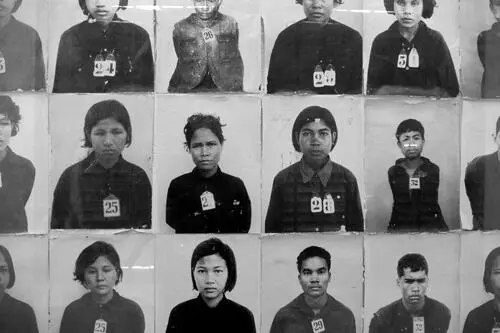
While it is critical to recognize inhumanity as an outcome of civilization and its privileging of the human, one must also confront the inhuman in terms of individual culpability and action, as a deformation of the human, as a question of responsibility that cannot be deflected by a turn to the structuring force of power. For Cambodian society in general, horror consists not only of being victimized but also of victimizing others. To speak of Cambodians in this way is not to deny history or power: the responsibility of the French in colonizing Cambodia, the Americans in bombing the country, the North Vietnamese in extending their war through the country, or the Chinese in supporting the Khmer Rouge even with knowledge of their atrocities. To speak of Cambodians as bearing widespread responsibility for the genocide is not to point to them as culturally unique in their ability to commit murder or allow it to happen. As the writer W. G. Sebald points out regarding Germans, “it’s the ones who have a conscience who die early, it grinds you down. The fascist supporters live forever. Or the passive resisters. That’s what they all are now in their own minds … there is no difference between passive resistance and passive collaboration — it’s the same thing.” 43What is perhaps unique is that unlike the German or other instances of mass murder, Cambodians of the ethnic majority who killed each other or witnessed each others’ deaths wore the same (ethnic) face. So it is that Cambodians cannot solely blame their crimes on the incitement of outsiders or (ethnic) others, which compels them to look at themselves as one reason for what happened, a task they may have a hard time doing.
The Khmer Rouge rendered others inhuman in order to destroy them with inhuman behavior, but in the aftermath of their rule most of those differences disappeared, leaving it clear that those others were not really other, if we speak only of the ethnic majority. For Panh, Duch is the face of this situation, where the line between human and inhuman has been crossed, as it was for the rest of the former Khmer Rouge, now embedded too deeply in Cambodian society to be extricated easily. But between victim and victimizer exists a population in between — the complicit, the witness, the bystander, the resigned. The Khmer Rouge invoked this population as the reason for their cause — peasants exploited by French colonization and Cambodian hierarchy, then bombed by American planes and misled by the Khmer Rouge. Panh points out that they are still poor. If they were not on the side of justice during the Khmer Rouge era, they are also people for whom justice has not been done in the years afterward. Their situation is absurd, horrible, a low-level and continuous crime that has lasted centuries.
Does Duch laugh because he sees this absurdity? “I could hardly believe it — it was too beautiful, too easy: Laughter bursts out in the midst of mass crime. Duch has a ‘full-throated’ laugh: I can’t think of another way to describe it.” 44Strangely enough, a laughing face stands out amid all the faces of the dead and the soon to be dead at S-21. It seems inexplicable that anyone could laugh in this place, the most disturbing museum or memorial I had ever visited, including the extermination camps of Europe. This is a drawn face, not a human face, the slash through its laughing visage the universal sign of prohibition, here commanding the visitor not to laugh. The sign itself says Keep silent . Sign and face testify that someone has laughed here, and not just Duch. While I was there, teenage foreign tourists laughed in the corridor of the isolation cells. Why do some visitors laugh? Out of nervousness, perhaps, for if one is a foreigner visiting this place during one’s lunch break or on holiday, what is one supposed to say? Or if one is local, perhaps the laughter covers up the tears or the disbelief, a polite way of hiding how distraught or uncomfortable one may be. Perhaps what the laughter mocks is not the dead, but the authority embodied in memorials. This authority is pedagogical, and who has never wanted to laugh at authority and pedagogy? This authority trains visitors in the proper etiquette of memory and mourning. This authority says that this is not a laughing matter and to always remember and never forget . This authority wants us to forget its own power, and how the crimes recorded by these memorials were not committed by monsters and enemies of the state. These crimes were committed by humans whose deeds would have been lionized if their state and side had triumphed. Although laughter may not be a polite response, even an inhuman one, it is possibly understandable, aligning the one who laughs with the devil’s subversion, as Kundera claims in The Book of Laughter and Forgetting . The laughter of angels, he says, is the sound of those in power. But should one always be aligned with the angels? Rather than just believe that devils are fallen angels, might it not be the case that angels are triumphant devils? 45
Читать дальше
